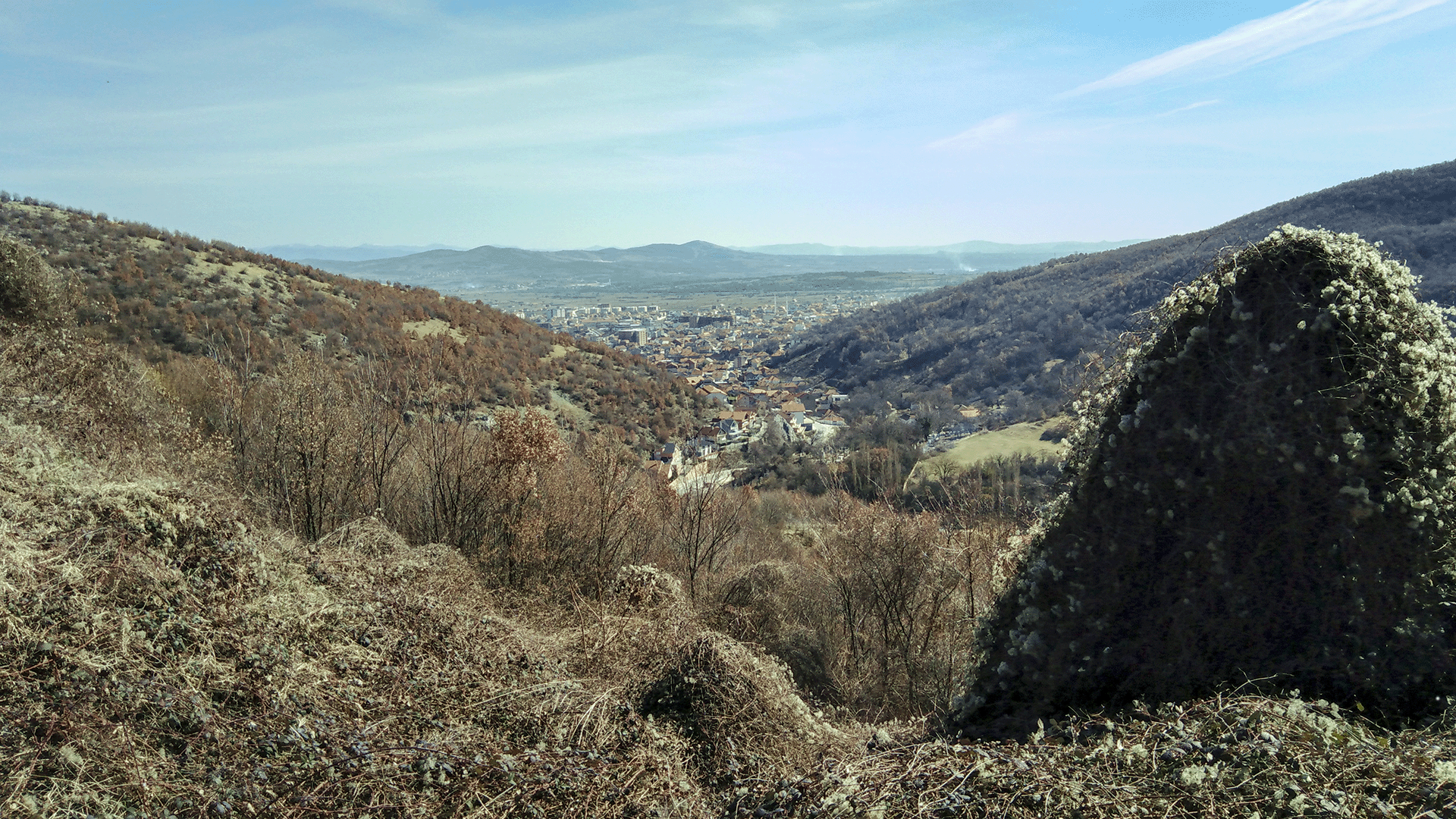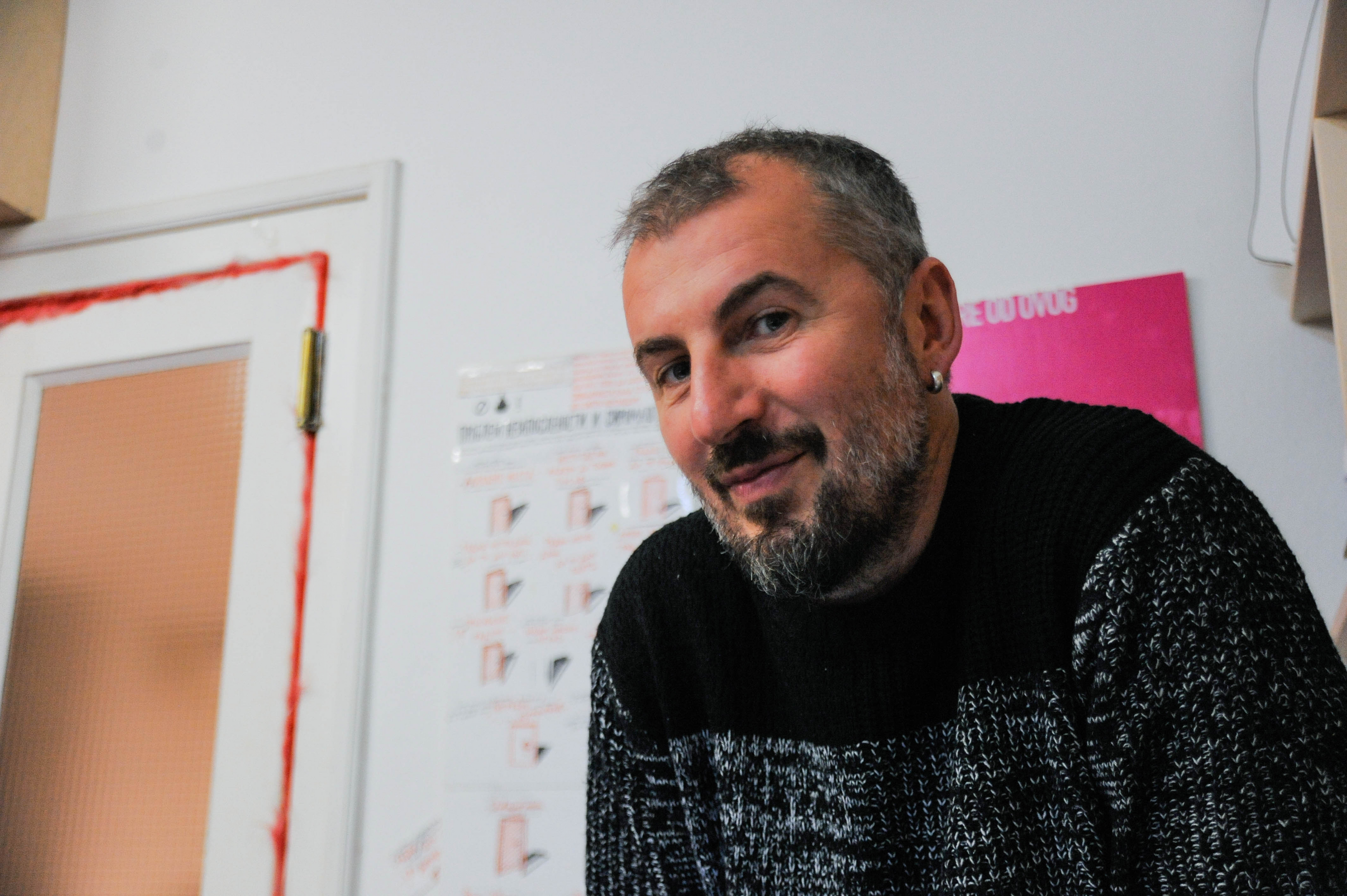
The Forgotten Valley
A border area in southern Serbia where people are united only by hunger and unemployment.
|2021.08.16
|
Ardita Sinani, the mayor of Preševo, claims that the unemployment rate in this municipality alone reaches around 70%.
“Giving and taking foreign territories is prohibited, and that's a fact.”
Ljiljana Stojanović, journalistFor the help to be more tangible, they repeat, an agreement needs to be reached between Belgrade and Pristina.
The plan was to raise a fence along the entire border with North Macedonia, some 150 kilometers, but the implementation of the project isn’t going as smoothly as expected.

Dejan Kožul
Dejan Kožul is a journalist working for various media in Yugoslav space (Novosti, Lupiga, FTV, etc). For more than eight years he was the editor and anchor for the radio show KUPER which was broadcast on BH Radio, Radio Republika (Novi Sad), Radio Rojc (Pula), KLFM (Split), and Radio Apart (Beograd). He describes it as the territory with the most freedom and the ability to broadcast because there are no taboos.
This story was originally written in Serbian.